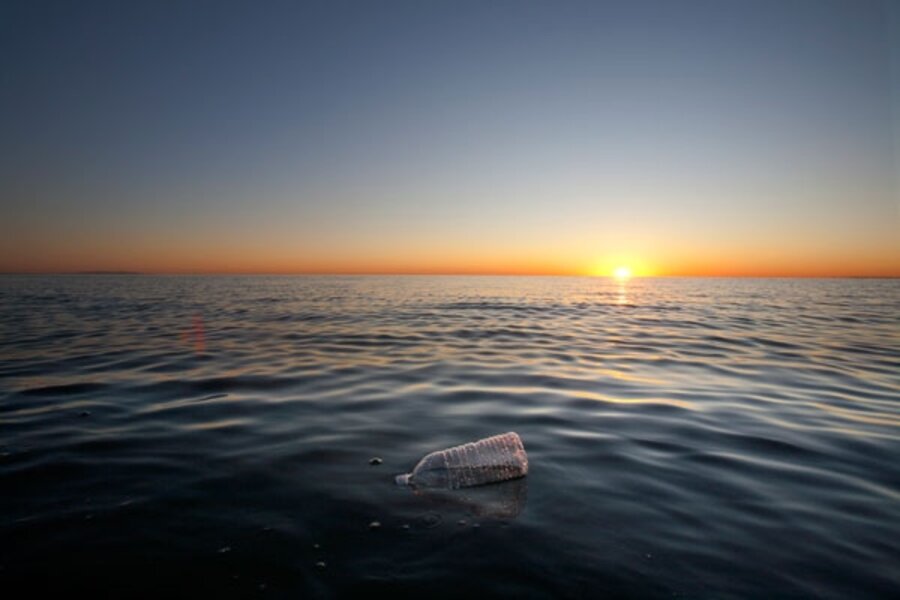Trashing the environment
Loading...
This time of year, as college students leave school, they routinely abandon mountains of "stuff" – everything from mini-refrigerators to desk lamps and jars of salsa to cases of ramen noodles. I live two blocks from a large, urban university and could tell you some hilarious tales about "moving day" and the things left behind. But it's heartening to know that some schools are doing something about this waste– and benefiting charity as well as the environment.
Some are inviting nonprofits in to choose what they can use from the discards. Others are holding giant garage sales and using the money to benefit good causes. One school even practices sustainability by saving left-behind plastic bins and reselling them to students the next year.
Of course, college students aren't the only ones contributing to the waste stream. A Sherpa in Nepal reports that the world's highest peak is littered with trash. He and fellow climbers brought down about 11,000 pounds of garbage from the higher reaches of Mount Everest to their base camp.
Later, the junk – from climbing gear to tents and oxygen bottles – will be carried off the mountain by porters and yaks.
Fortunately, this tale has a happy ending: The Nepalese government now withholds deposits from climbers who don't remove what they took into the icy wilderness.
But the story is still in progress at the Plastic Vortex in the Pacific Ocean. This huge swirl of discarded plastics is estimated by scientists to be larger than the state of Texas. As consumers in Asia and North America have discarded flip-flops and empty sunblock bottles along the shores, the size of the floating dump has grown.
Surprisingly, little is known about the "giant gloop" because the pieces of the broken-up plastic are so small they don't show up on satellite photos. Questions still to be answered: Is marine life in the area consuming or affected by the miles and miles of plastic? Are the tiny pieces of plastic toxic? And could toxins be getting into the human food chain this way?
A 50-day expedition to the Plastic Vortex by scientists and researchers will also try to determine how to clean up the plastics without harming marine life. "You have to have netting that is small enough to catch a lot but big enough to let plankton go through it," said Doug Woodring, a conservationist and entrepreneur who will lead the expedition.
But the Plastic Vortex, while possibly the worst example of sea litter, isn't the only problem. It's universal, says the UN's Environment Program, which estimates that 13,000 pieces of plastic litter are found in every square kilometer of the ocean.
Added later: Here's the link to a report from Center for Ocean Solutions about threats and potential solutions for the Pacfic Ocean. Not trash-related per se, but of interest since we've been talking about the ocean.





